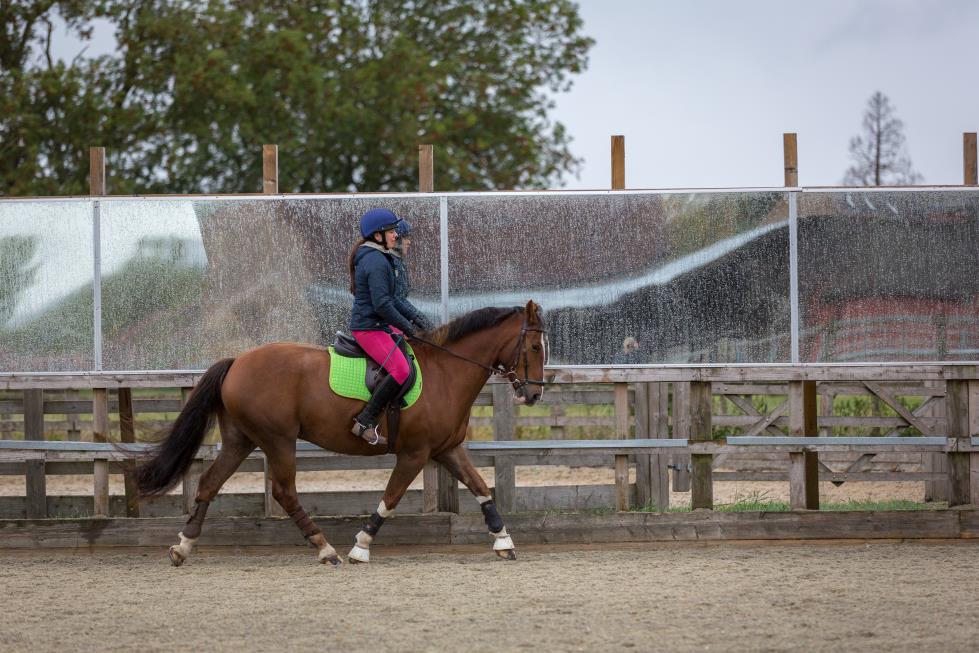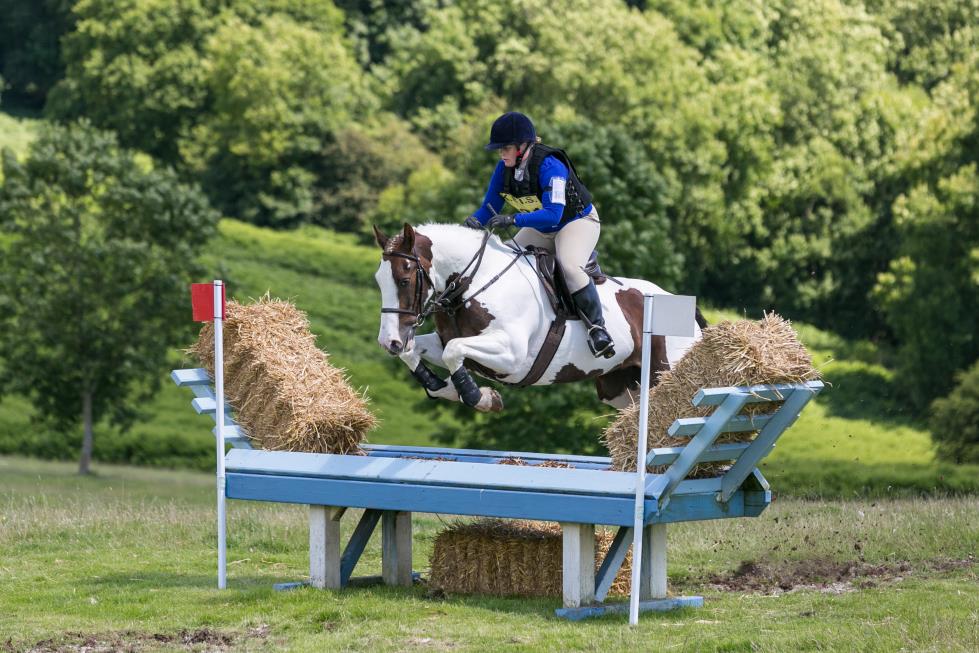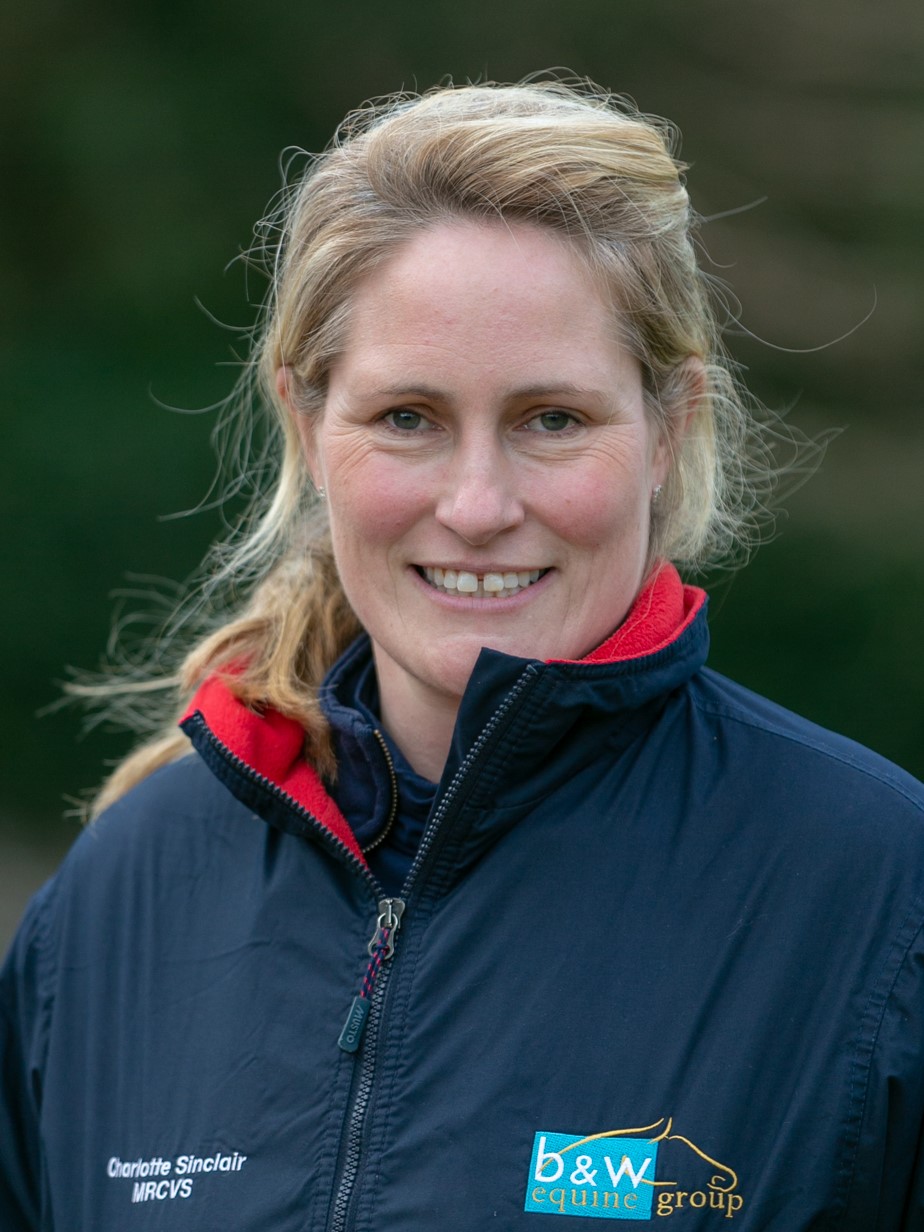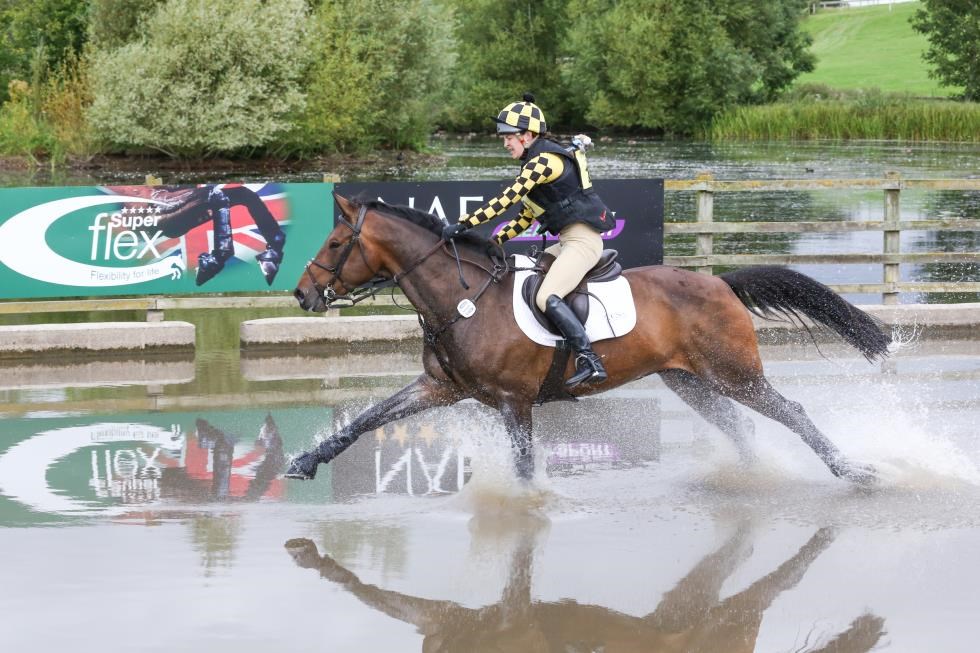An appropriate level of fitness is essential for optimising performance and a specific training and monitoring programme should be tailored to suit each horse. As the horse needs to be in full work ready for its first event, you need to plan your fitness programme in advance. You need to consider which events you are going to enter and therefore what terrain your horse will be competing over. Typically horses that have been fit previously are easier to fitten due to the residual effects of prior training. Training improves musculoskeletal function by increasing bone and muscle strength and increasing blood supply to skeletal muscle during exercise. Cardiovascular and respiratory responses to training are also critical to maximising fitness. The three “S’s” of fitness are often quoted as ‘stamina’, ‘strength’ and ‘suppleness’, all of which are required for the disciplines of Eventing.
Training schedules to get a horse fit for Eventing
A methodical and logical approach is required when creating a training schedule for your horse and a monitoring sheet can be invaluable. Depending on how much work your horse has been doing, and at which level you plan to compete, it is likely to take 8-10 weeks to attain the necessary level of fitness.
Interval training is a long standing method that has been shown to be effective in both human and equine athletes. Generally, three 5 minute canters at 450metres/minute (m/min) interspersed with 3 minutes of walking periods is adequate for a horse competing up to Novice level. During interval training the heart rate (HR) should recover to 80 beats per minute (bpm) before resuming canter work. If the HR does not go below 100bpm this may indicate that the horse is not recovering adequately. If the HR is not above 60bpm after canter work this suggests that the intensity or duration of the fast work is insufficient.
You need to adjust your training speeds to the level at which you are competing. Experienced riders will know exactly what a 520m/min or 550m/min pace feels like, but less experienced riders may benefit from placing ‘minute markers’ around their hacking area, working on maintaining a consistent speed from one marker to the next and learning the ‘feel’ of this speed. Global positioning systems (GPS) are being developed for riders to enable monitoring of their speed during exercise.
Optimising training
Ideally, some of your training will be on a surface similar to that on which you will compete. This is important as the body becomes conditioned to working on particular surfaces and proprioception (balance) will be improved which may decrease the risk of injuries that occur due to spatial misjudgement. Training on the terrains on which you are to compete also conditions the musculoskeletal system to adapt to coping with the forces and strains that will be exerted on that surface by negotiating varying gradients, turns and cambers that you may not be exposed to on an all-weather surface. However, access to all-weather gallops is extremely useful when turf conditions are sub-optimal.
 In the past people have described ‘hardening tendons with road work’ as part of the fitness programme. However, it is now recognised that the tendon has a very limited ability to adapt in adult horses and that the horse has a finite capacity for exercise until the tendon weakens, i.e. the tendon ‘wears out’ with use rather than strengthens. Thus sufficient exercise needs to be performed for bone strengthening (as bones do respond to loading in adult horses) and for the cardiovascular and respiratory systems to fitten while not excessively ‘training’ the tendons.
In the past people have described ‘hardening tendons with road work’ as part of the fitness programme. However, it is now recognised that the tendon has a very limited ability to adapt in adult horses and that the horse has a finite capacity for exercise until the tendon weakens, i.e. the tendon ‘wears out’ with use rather than strengthens. Thus sufficient exercise needs to be performed for bone strengthening (as bones do respond to loading in adult horses) and for the cardiovascular and respiratory systems to fitten while not excessively ‘training’ the tendons.
Fitness programmes in conjunction with the correct diet will result in weight loss, which may be important to take into consideration if your horse has had an extended ‘lay-off’ period. You can ‘condition score’ your horse and decide whether or how much weight needs to be lost before the competition season commences. Increased weight will limit speed and may also increase the risk of injury by increasing peak loading of tendons and ligaments.
Monitoring the effectiveness of a training programme
It is very important for the rider to develop an awareness of the horse’s fitness and to adjust the exercise programme accordingly. This can be done by ‘feel’ and experience, however there are quantitative methods of monitoring horse fitness. Heart rate and blood lactate measurements are the basis of quantitative exercise tests.
Heart rate can be monitored during exercise using a heart rate monitor attached under the saddle, or post-exercise using a stethoscope. If you are monitoring heart rate recovery post-exercise to assess fitness then you need to have a standardised exercise test and then listen to the heart at a set time after stopping exercise on each occasion.
 Most studies have shown that resting heart rates of individual horses do not decrease with increasing fitness. The heart rate increases rapidly when exercise is commenced and within several minutes reaches a steady state. The individual’s maximum heart rate cannot be increased with fitness training and is not a useful measure of fitness. Heart rates decrease very rapidly in the first minute after exercise.
Most studies have shown that resting heart rates of individual horses do not decrease with increasing fitness. The heart rate increases rapidly when exercise is commenced and within several minutes reaches a steady state. The individual’s maximum heart rate cannot be increased with fitness training and is not a useful measure of fitness. Heart rates decrease very rapidly in the first minute after exercise.
After high-intensity exercise the horse’s heart rate should be below 100bpm within five minutes and should return to normal within 45 minutes. If the heart rate remains elevated this can be due to poor fitness, but can also be attributable to pain, stress, cardiac disease, respiratory disease, dehydration and environmental conditions.
Blood lactate
Blood lactate (lactic acid) levels increase with exercise and can be used to monitor fitness. These blood measurements can be taken while a horse is exercised on a high-speed treadmill at known speeds, or alternatively, blood lactate can be measured after a standardised ridden exercise test. These tests are often used when investigating ‘poor performance’ in horses, but are not commonly used for routine fitness monitoring.
Optimising horse health during training
It is useful to have a routine blood screen performed on your horse so that you can check that all of the parameters are within normal limits and to establish a ‘normal baseline’ for future comparisons in health or disease. In addition to thinking about your exercise programme, in order to attain maximal fitness and performance you need to ensure correct feeding, electrolyte provision, saddle fit, dentistry, examination by a chartered physiotherapist and farriery. Monitoring of orthopaedic health is critical to reducing the risk of injury, managing pre-existing conditions and enabling early detection of problems. You should regularly feel (‘palpate’) your horse’s limbs to monitor joint and tendon sheath swelling, heat, pain or tenderness, restriction of limb flexion, etc. It can also be useful to create video records of your horse’s gait for future comparisons.
Careful planning and monitoring of fitness programmes in event horses can enable individual horses to perform closer to their genetic potential; due care and consideration of the factors that influence optimal health throughout the training period may also reduce the risk of injury to the horse and ultimately lead to greater performance.
Article by:

